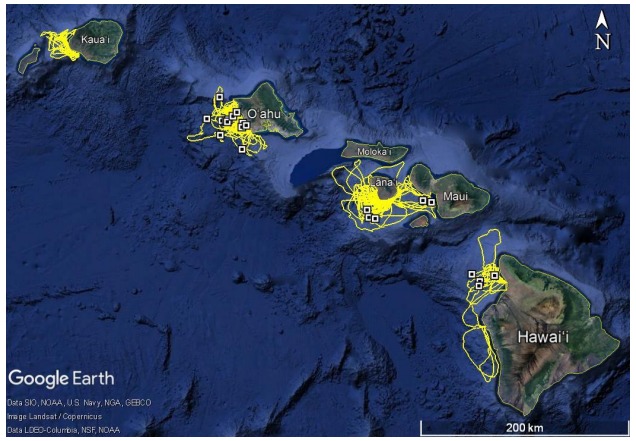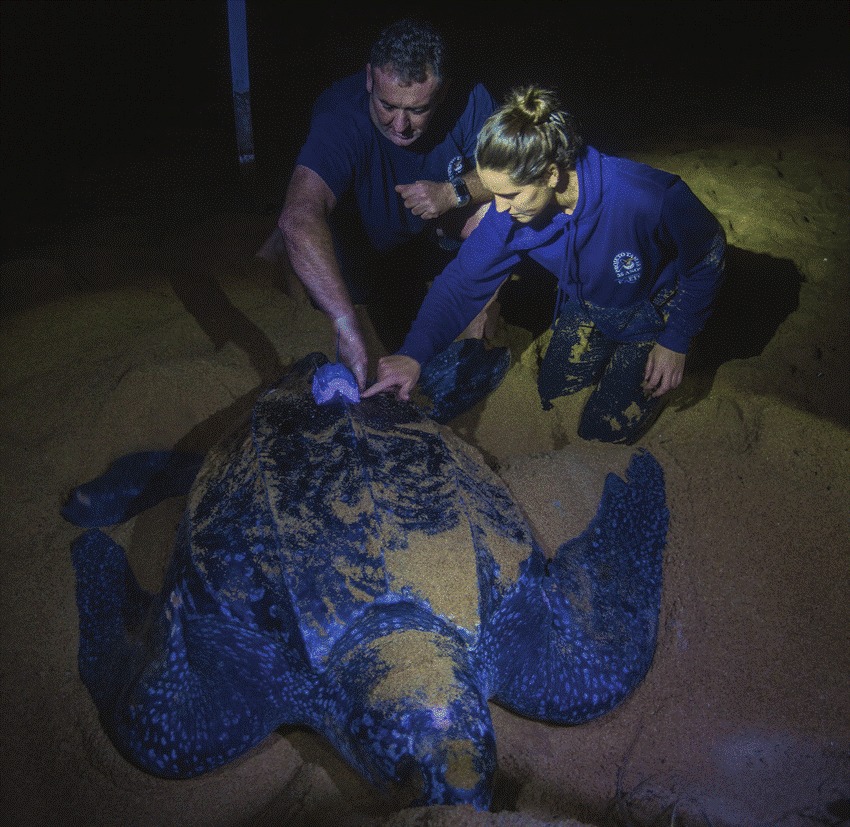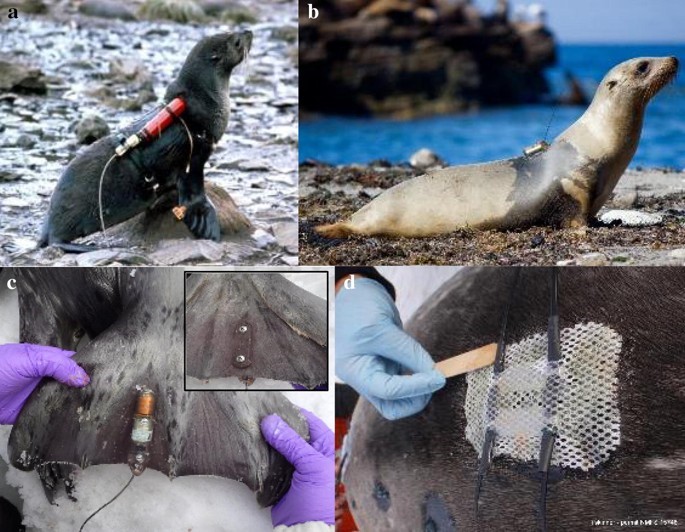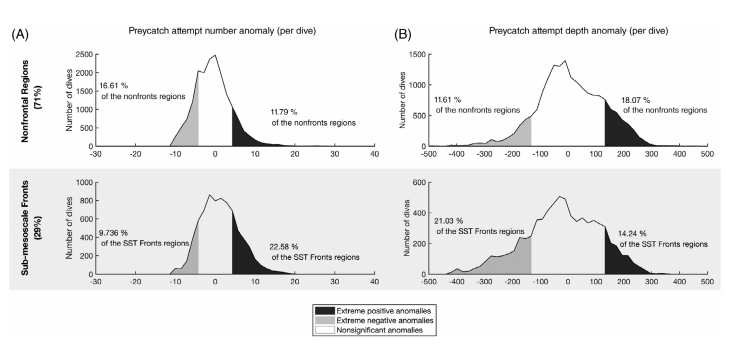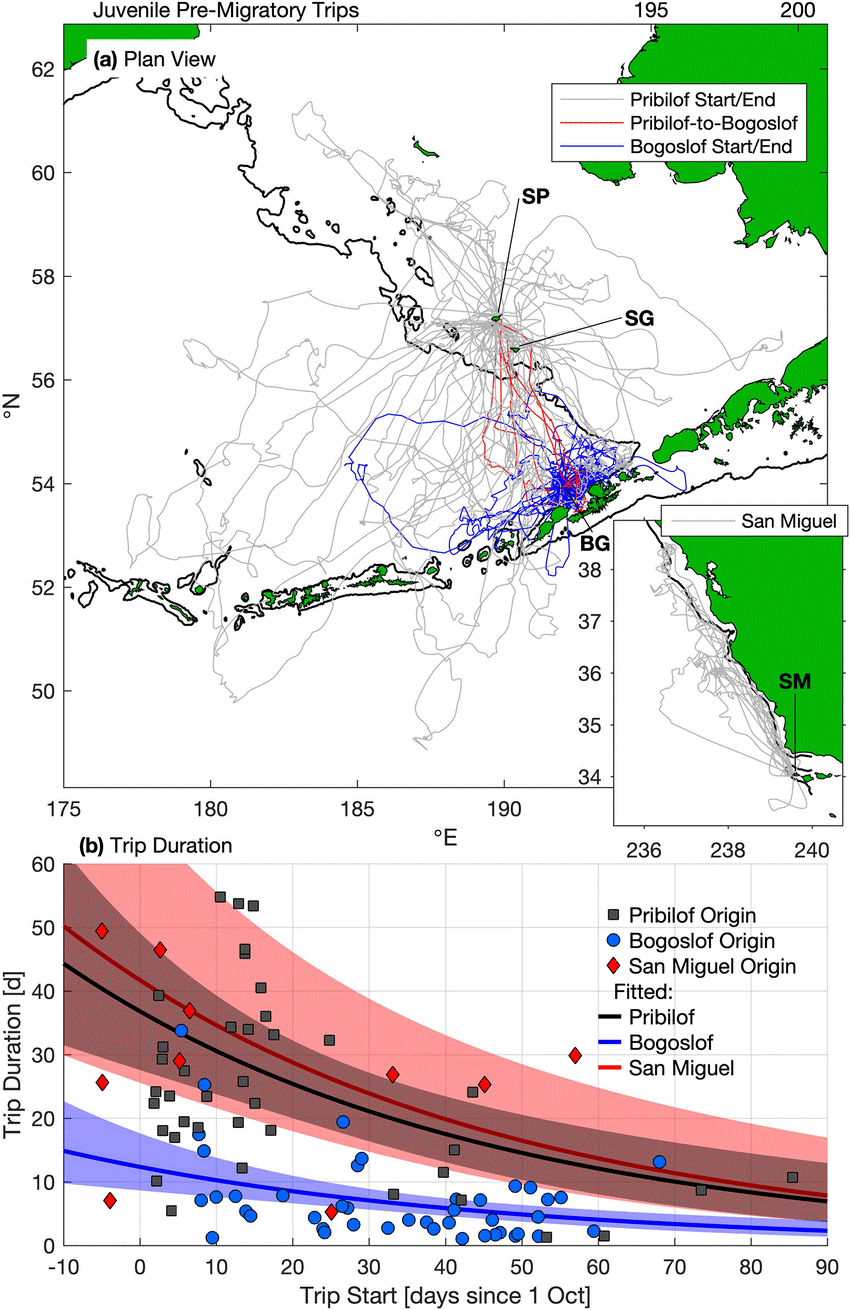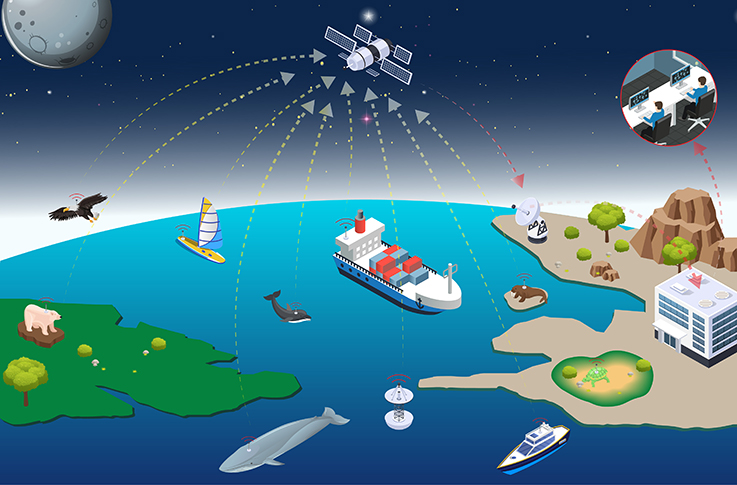Cooperative Conservation and Long-term Management of False Killer Whales in Hawaiʻi
Researchers deployed 14 Limpet tags on false killer whales with the ultimate goal to understand what factors influence spatial use and movement patterns of false killer whales, and how they overlap and potentially interact with nearshore fisheries around the main Hawaiian Islands. Learn More...

